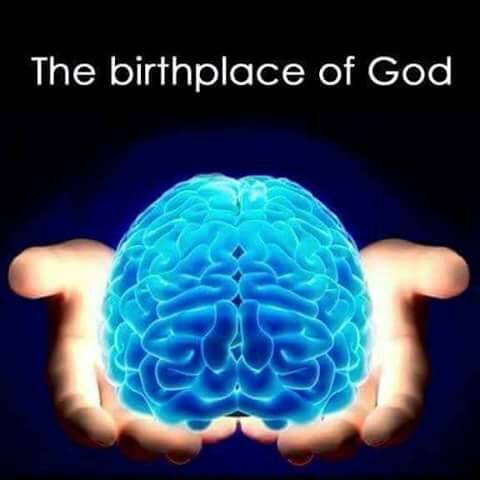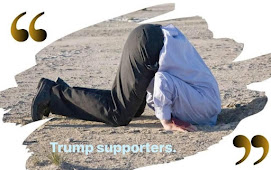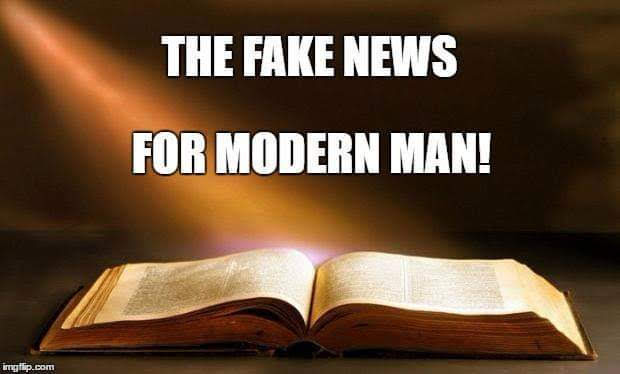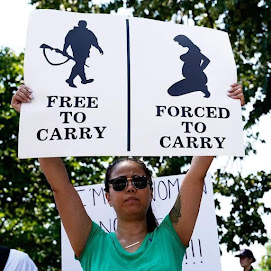ONLY 11,000 jobs were shed by U.S. employers in the month of November, and the expectation was around 150,000 jobs lost. Quite a divergence. It's the lowest number of jobs lost in about 23 months. And the unemployment rate dropped from 10.2% to 10%.
The White House, and that pernicious liberal media, downplayed the news. Indeed, I saw more headlines about the White House dinner gatecrashers than the encouraging economic news. If Bush were in office with a similar reduction in the unemployment rate, you can bet the Murdoch zombies would be trumpeting Hallelujahs! The Bush plan is WORKING!
The nation is finally recovering from the dereliction and malfeasance of the Bush years, but it's taking longer than many hoped. It will never be fast enough, or enough, period, for some.
Dismal Scientists Miss the Optimism in Jobs Data: Kevin Hassett
Commentary by Kevin Hassett
Economists were almost unanimously incorrect about the start of the recession, fundamentally clueless about the depth of the recession, and now it’s looking like they will get the end of the recession wrong, too.
Data surprise all the time, of course, but the divergence between consensus and reality in this case was unusually large. It calls into question other elements of the consensus view.
That view holds that unemployment will continue to worsen well into next year, perhaps reaching 11 percent, because job creation typically trails the rest of the recovery. An unabated decline is seen as so much of a sure thing that both parties held jobs events last week to discuss policies to address the looming labor-market nightmare.
A look at the history of job creation over the business cycle suggests that this prevailing view needs to be given a big fat asterisk.
Since 1950, there have been 10 recessions in the U.S., the most recent one beginning in December 2007 and most likely ending, given the preponderance of the data, last July.
If the recession did end in July, then the November decline in unemployment began in the fourth month after the recession’s trough. A four-month delay is a negative surprise. In the nine previous recessions, the average wait from the end of the recession to the first decline in unemployment was only 2.4 months. So this time it took a little longer.
Warped Narrative
Why, then, did so many experts expect the lag to last still longer this time? The biggest reason is the widespread acceptance of a false narrative regarding the relationship between jobs and recessions, a narrative warped by the two most recent recessions before this one.
It is true that job creation often lags behind the economic cycle. While unemployment can blip down in the beginning of a recovery, the improvement rarely sticks; in seven of the previous nine recessions, the initial decline was reversed in subsequent months.
In the last two recessions -- July 1990 to March 1991, and March to November 2001 -- unemployment had a life of its own, continuing to surge for more than a year after the trough. Those back-to-back experiences seem to have influenced how experts viewed what would happen in the current recovery. But the last two recessions are probably not the best guide. On the way down, recall, they were so mild that economists had begun to accept the view that the world had undergone a “Great Moderation.”
Reason for Optimism
A more apt model -- and certainly a more optimistic one -- would be what happened at the ends of recessions in 1975 and 1982. In those cases, the first decline in the unemployment rate signaled the good news that a sustained jobs recovery had begun.
In 1975, the unemployment rate peaked two months after the end of the recession at 9 percent, and then began a steady decline that lasted almost five years. In 1982, the unemployment rate peaked at 10.8 percent one month after the end of the recession, and plummeted from there at a rate of about 1.5 percentage points per year. Those two recessions are the only ones since World War II that rival the current one in severity.
An explanation for this connection comes from academic work on why the economy tends to snap back more quickly after a steep drop.
This behavior, first observed by Milton Friedman, is analogous to that of a string on a guitar. The harder you pluck the string, the quicker it snaps back.
Goodbye, Panic
Or think of it in these human terms: Recovery is faster after a panic, because unlike more gradual forces such as a decline in manufacturing, panic is 100 percent gone when it stops.
Given the enormous doubts that persist about the health of the real-estate market, massive government deficits and probable tax increases, it would be imprudent to count on a rapid jobs recovery. We have, after all, only a couple of precedents that rival this recession in severity. Moreover, the unemployment rate is so high that it would be callous and irresponsible to reject out of hand policies to accelerate job creation.
But if history is a guide, November’s good job news signaled that the worst may be behind us, and the unemployment rate will improve from here. If the unemployment rate drops again in December, don’t be surprised.
(Kevin Hassett, director of economic-policy studies at the American Enterprise Institute, is a Bloomberg News columnist. He was an adviser to Republican Senator John McCain of Arizona in the 2008 presidential election. The opinions expressed are his own.)
To contact the writer of this column: Kevin Hassett at khassett@bloomberg.net
You can find the original, complete with the adverts, by clicking here.























No comments:
Post a Comment